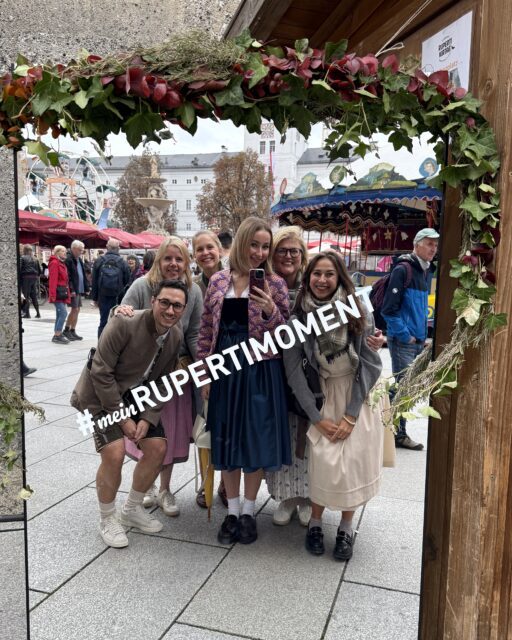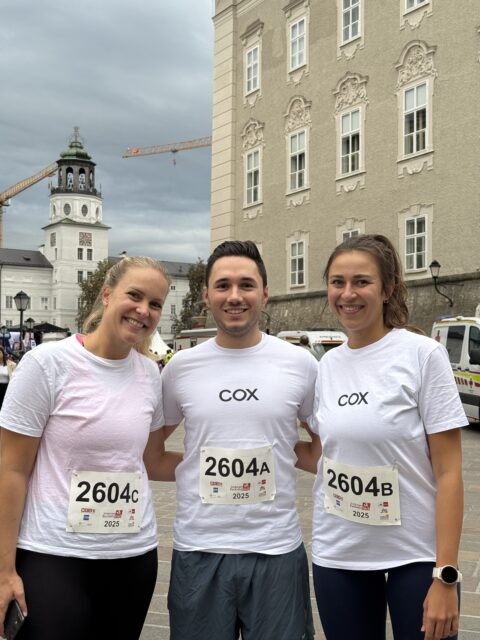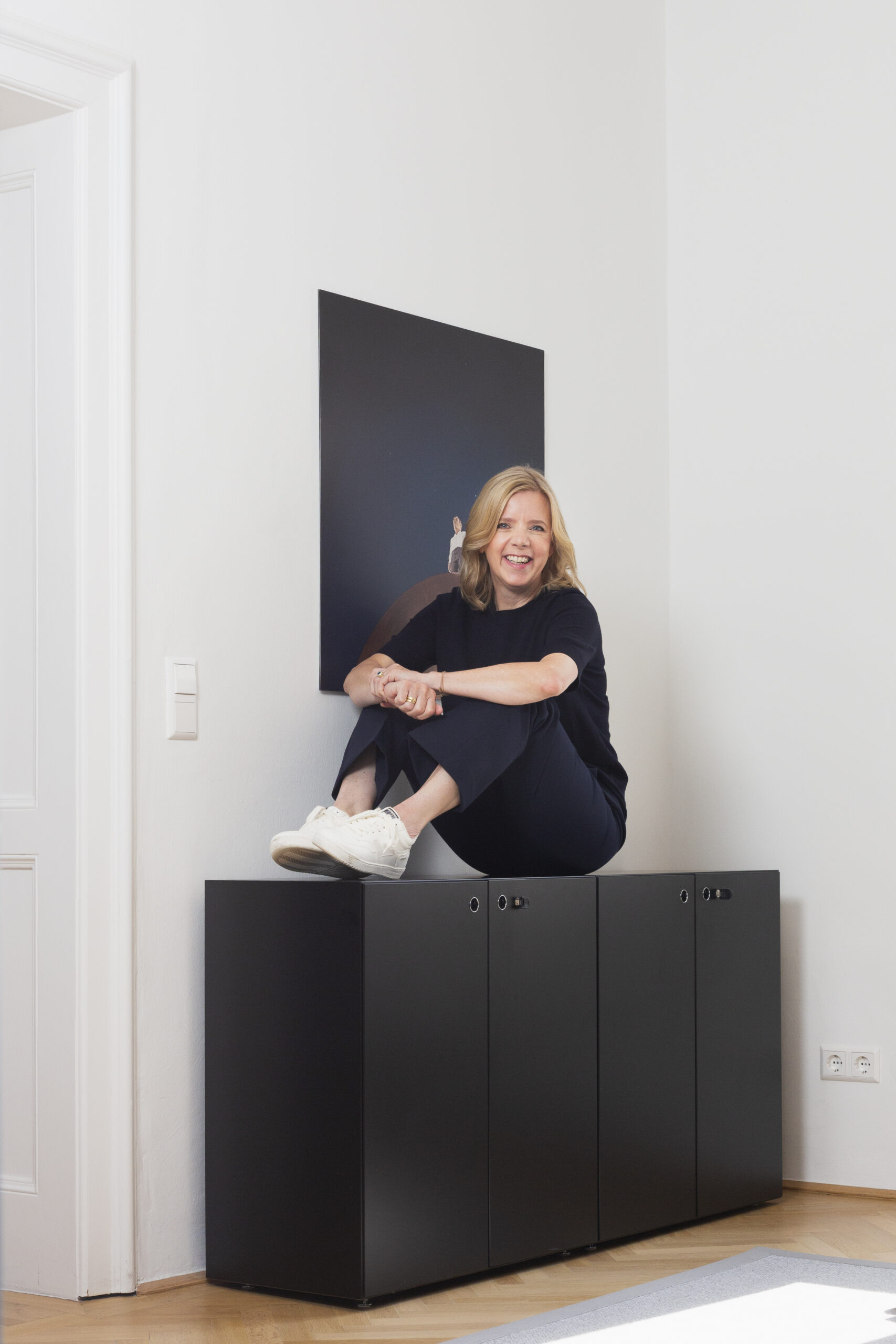Insights
Are you curious about what we do? We offer you insights into our world and that of our clients, provide practical tips and bring you news and topics relating to leadership and change.

KOKO Aligns its Administration for the Future

From Fractures to Bridges

Dual Leadership
Restart: 3 Impulses for Transformation
Corporate culture defines the framework for leadership principles
The values of an organization describe the how — they form the foundation for leadership principles and behavior.
At KOKO, these values provide clarity, orientation, and genuine empowerment in everyday leadership.
Separate, and then integrate, function and person when redesigning the organizational structure
When rethinking an organizational structure, it can be helpful to separate the person from the function.
That’s why we started with defining the functions first. In the next step, people will be assigned to these functions based on their competencies.
Involve employees for successful change
Those who are allowed to co-create will support the change. Open ears, transparent communication, and participatory formats foster acceptance and bring transformation to life.
Stability vs. Agility:
Transformations rarely succeed with an either/or approach.
Stability as an anchor
Employees quickly feel insecure during change processes. A clear framework – transparent communication, consistent leadership, clear objectives – reduces fears and creates trust.
This is where managers come in: providing guidance, setting the course, creating security.
Agility as an enabler
At the same time, flexibility is needed: bottom-up feedback provides valuable input because employees are close to customers and processes. Cross-functional teams enable new projects to be implemented quickly and innovatively.
Managing the tension
Top-down transformation and bottom-up agility are not mutually exclusive – they complement each other. Stability prevents chaos, agility prevents rigidity. Together, they enable transformations to be planned systematically and promote innovation and commitment.
Times of change increase the demands on leadership competencies
Personal Maturity: A Key to Effective Leadership
What matters most is maturity: inner strength, responsibility, and clarity in one’s role.
It is reflected in the ability to recognize opportunities, take responsibility, and maintain the capacity to act – even in small matters.
Alignment vs. Autonomy: Who Bears Responsibility for What
Leadership does not mean providing all the answers, but rather enabling responsibility.
This is achieved through balance: shared goals (alignment) and room for independence (autonomy).
Reflection: The Foundation of Trust
Effective leadership requires reflection. Those who question their own behavior, create transparency, and remain in dialogue build trust – the most important resource in times of change.

Wilma Thomalla
“It is not external circumstances that change life, but internal changes that manifest themselves in life.”

Salzburg Business Run 2025
How can the process of change be approached?
Insight
Change begins with the awareness that something is no longer right. This insight can be unpleasant – but it is the first step towards improvement.
Acceptance
Resistance and emotions are part of the process. Acceptance means accepting reality and taking responsibility without assigning blame.
Action
Recognition and acceptance are the first steps towards implementation: changing habits, making courageous decisions, creating something new. Action is the key to lasting success.

The versatile Mood Wrap
The versatile Mood Wrap
Neurohacks for a real vacation: because real relaxation begins in the mind and not just on the beach.
Practice micro-breaks, even in everyday life
If you never get to rest in everyday life, you will have a hard time on vacation. Take short, conscious breaks throughout the day. Breathing for 30 seconds, looking at the greenery, letting your shoulders relax – help the nervous system to switch between tension and relaxation. Regeneration doesn’t just happen after two weeks, but in small doses, every day.
Park your thoughts instead of taking them with you
To-dos, ideas, worries: the brain loves open loops. If you want to keep everything in your head, take the whole agenda with you on vacation. Better: create a “thought parking lot” to store important things. This signals to the brain: I’ll deal with it later – now you can let go.
Focus on perception instead of evaluation
Instead of mentally commenting on “What am I doing today?”, it helps to simply perceive: the light, the sound of the waves, your own breath. Perception without judgment activates other networks in the brain and interrupts the constant brooding.